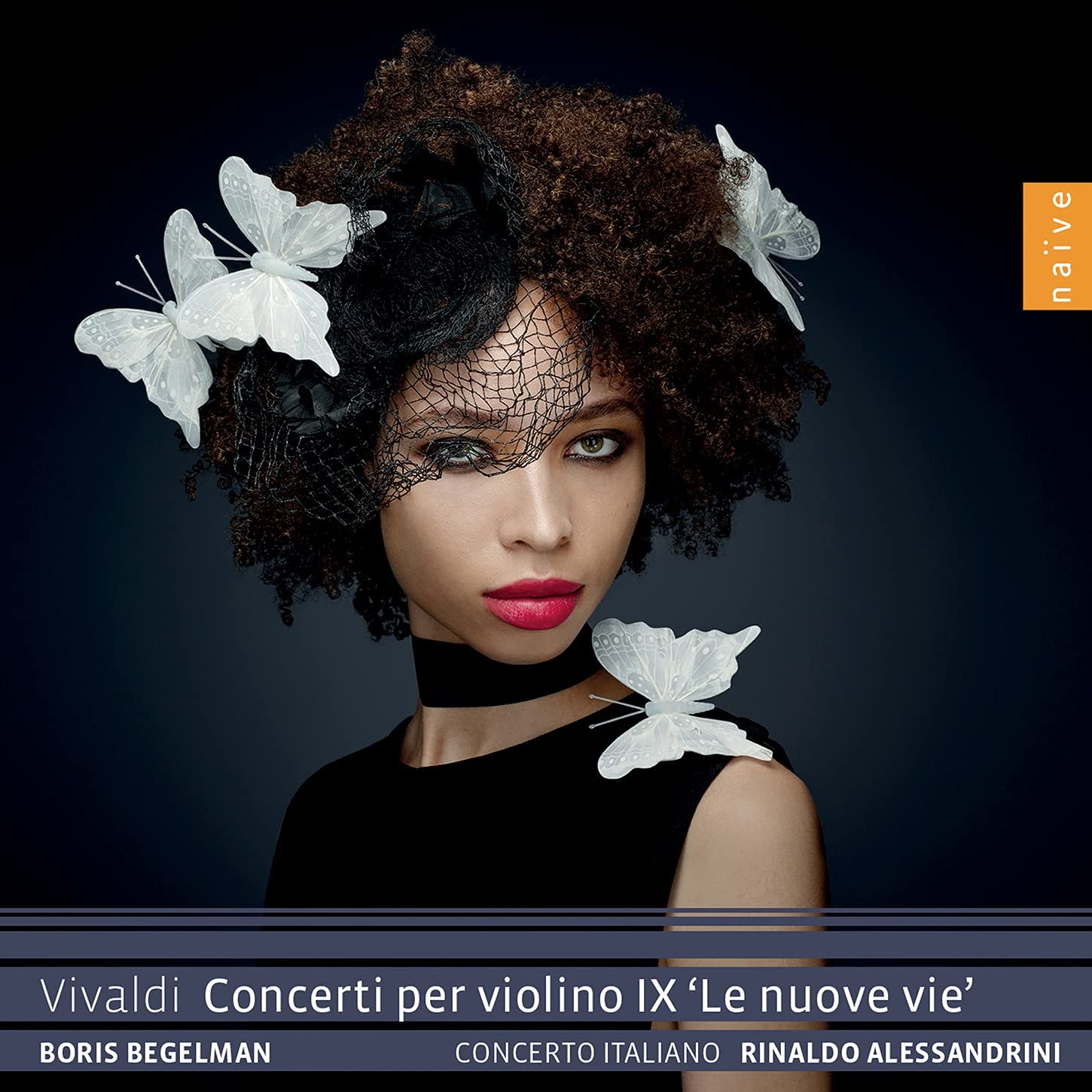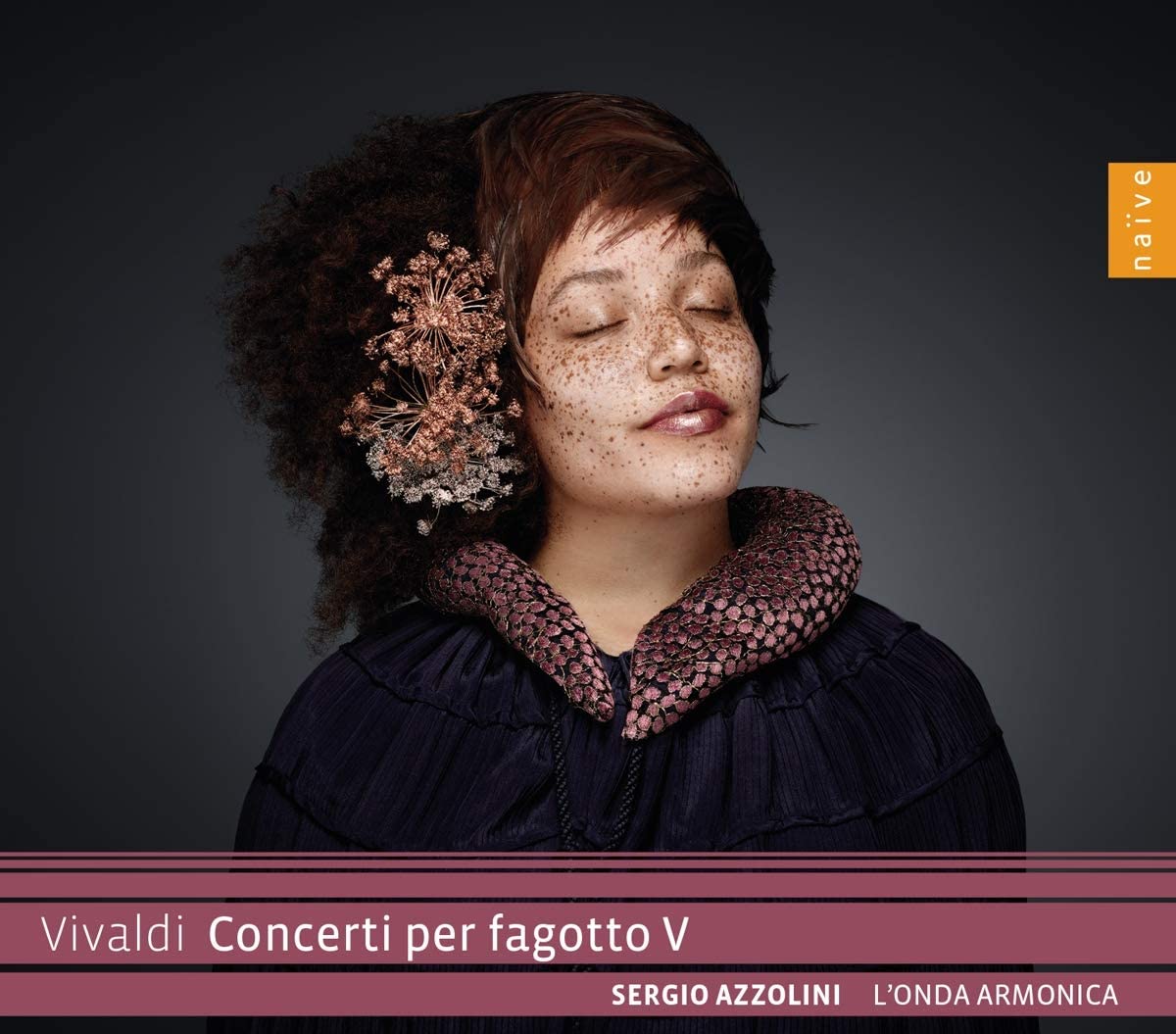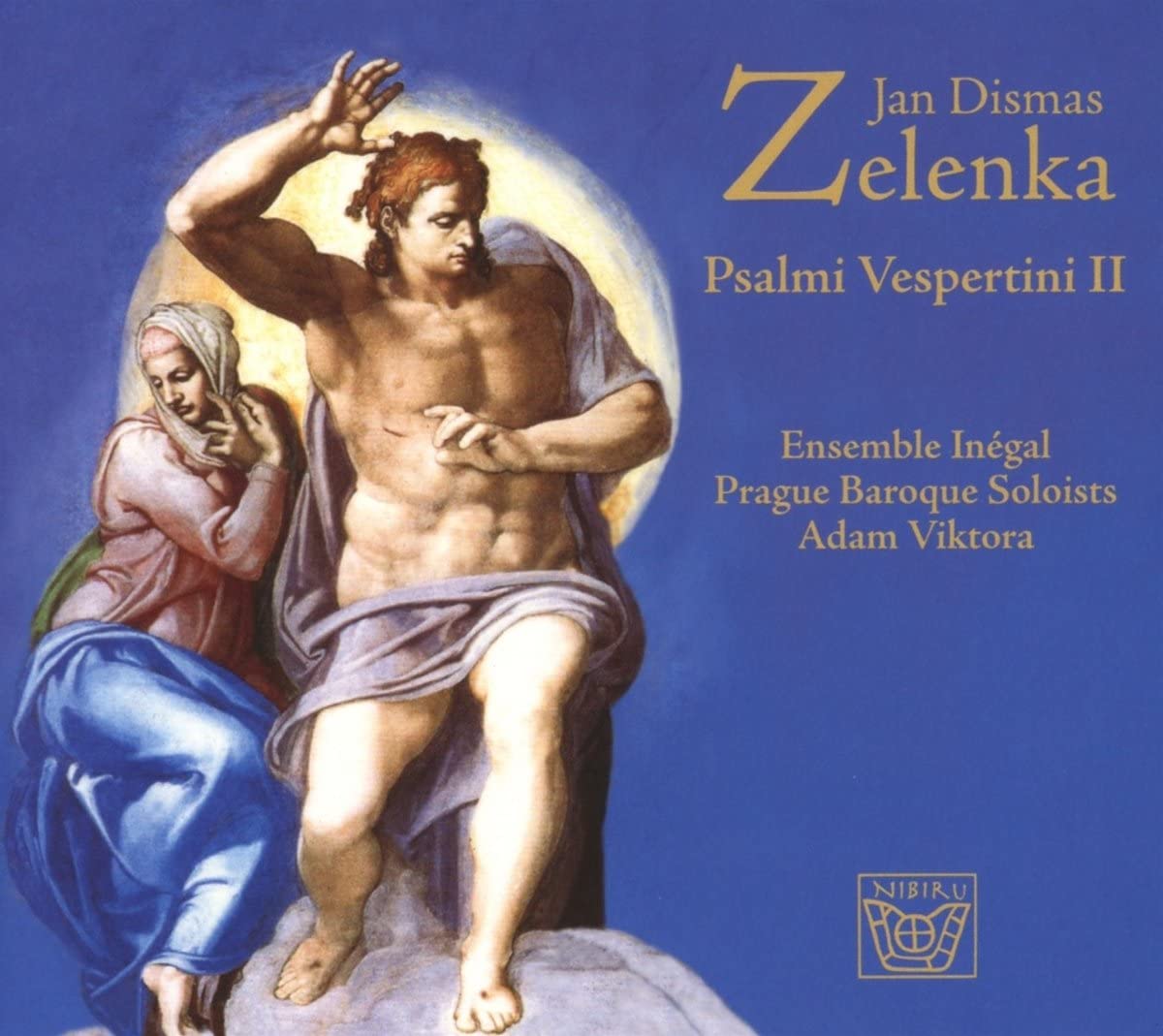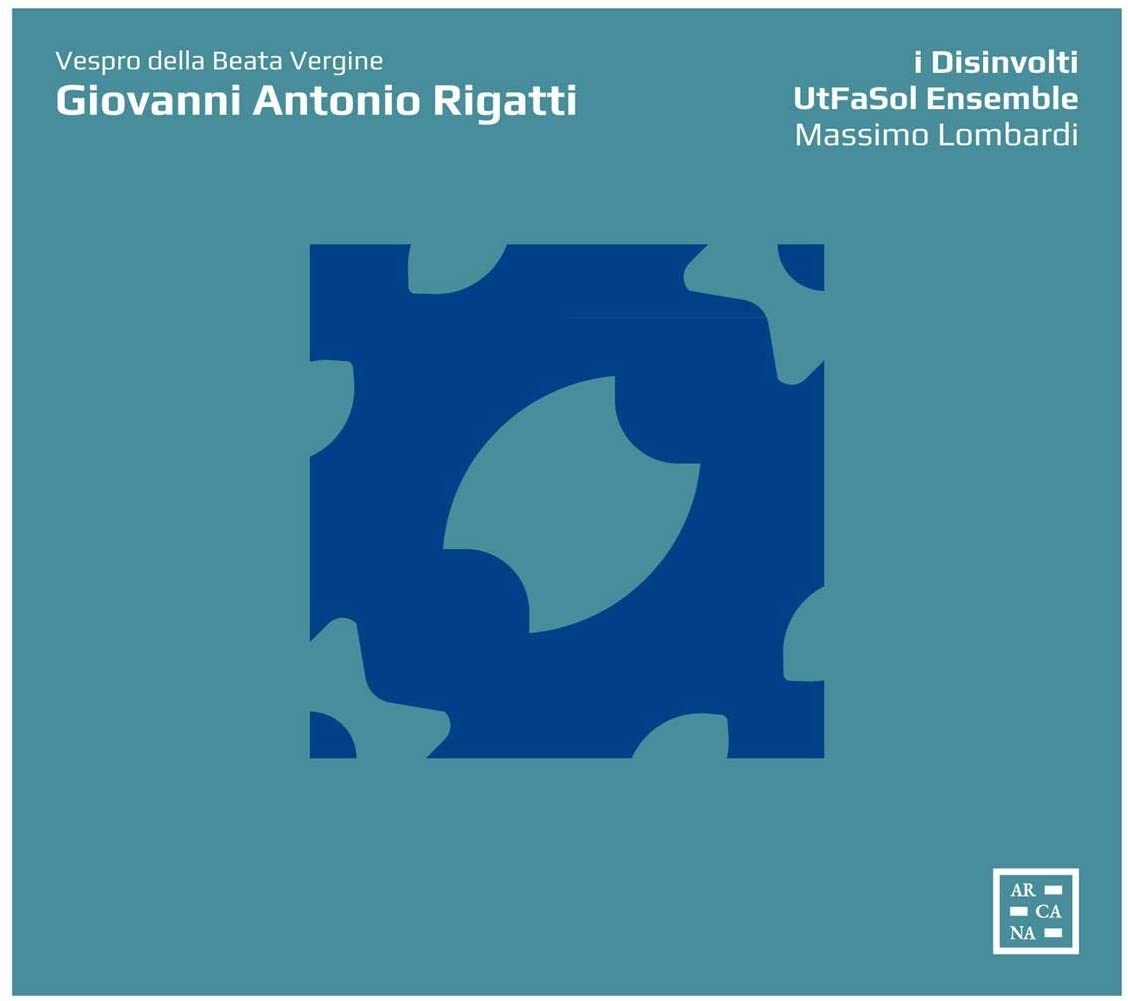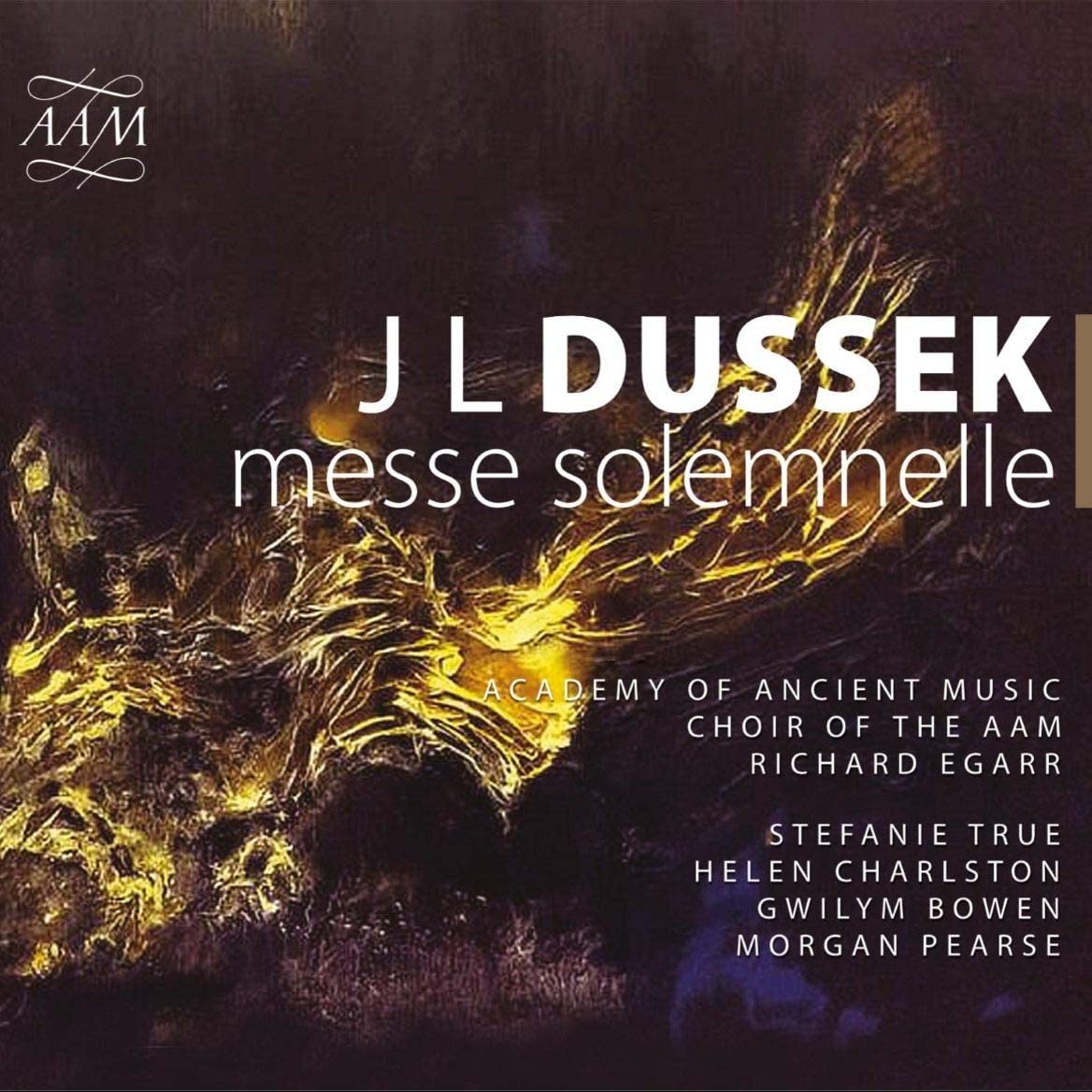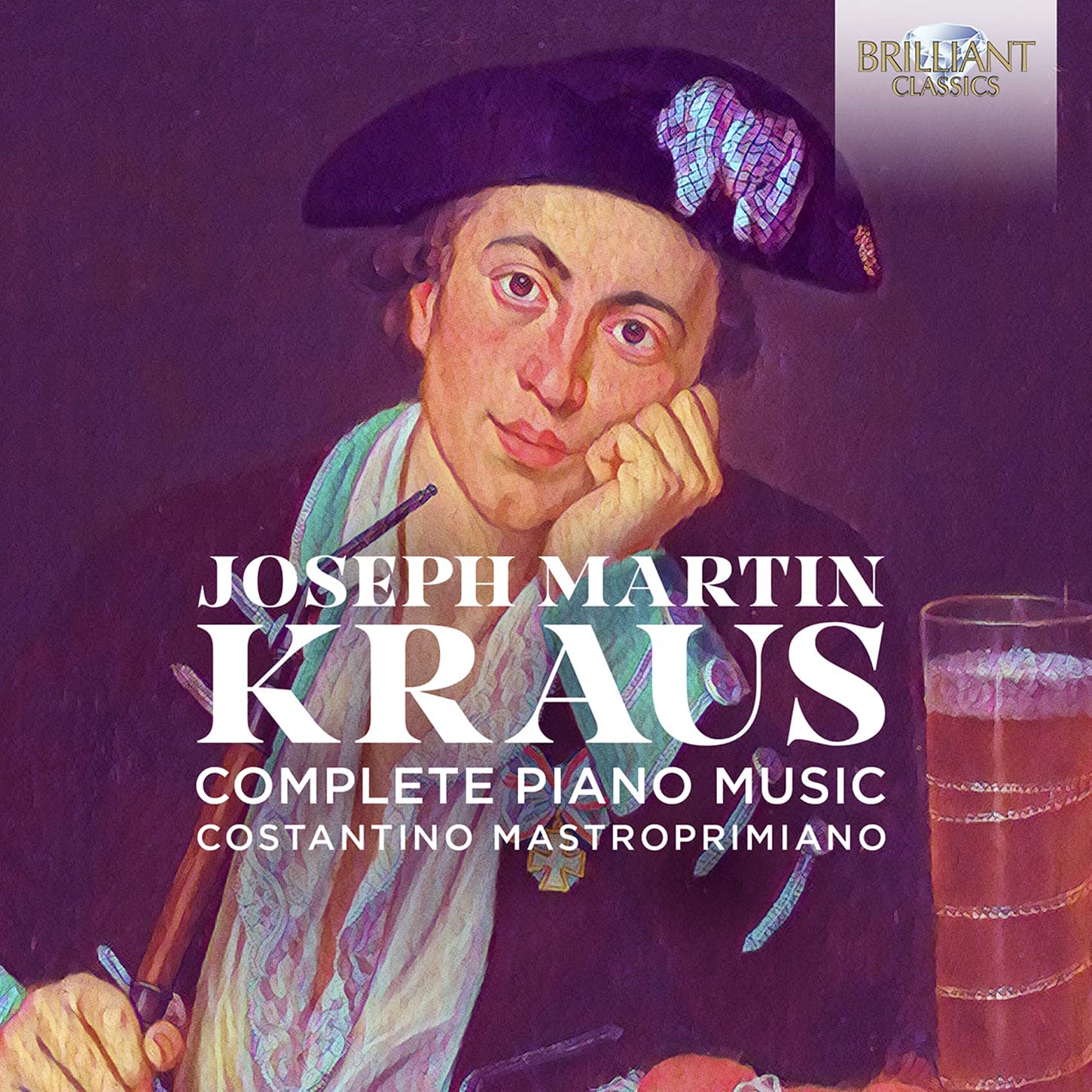Kit Armstrong piano
135:08 (2 CDs)
Deutsche Grammophon 486 0583
Click HERE to buy this on amazon.co.uk
[These sponsored links help the site remain alive and FREE!]
Byrd: Prelude (BK1), Pavan and Galliard Sir Willam Petre, The flute and the drum (from The Battle), The woods so wild, The maiden’s song, John come kiss me now, Pavan and Galliard The Earl of Salisbury, Second Galliard Mistress Mary Brownlo, The bells / O mistress mine, The second ground, The Earl of Oxford’s March, Ut re mi fa sol la, Ut mi re, Walsingham, Sellinger’s round.
Bull: Fantasia (FVB 108), Fantastic Pavan and Galliard, Canons (Osterreichische Nationalbibliothek Mus. Hs. 17771), Prelude and Carol “Laet ons met herten reijne”, Les buffons, Walsingham / Queen Elizabeth’s (Chromatic) Pavan, My grief, Prelude (FVB 43), Melancholy Pavan, Canons (ONB), Fantasia on a fugue of Sweelinck, Telluris ingens conditor nos 1, 2, 3, 6, 7.
This is a most intriguing album. It consists of two discs containing a fine and varied selection of pieces composed for the virginals or harpsichord, played here on the … [pause for dramatic effect] piano. Kit Armstrong is a native of the USA born in Los Angeles. Described accurately as a former child prodigy, his musical achievements, still shy of his thirtieth birthday, remain prodigious. The premise of this double album is his belief that Byrd and Bull are the fount and origin of all keyboard music throughout the ages, via the Couperins, Bach, Beethoven and Chopin to the present. This should be shouted from the rooftops, taught to every musical student, and included in every book and course about the history of music. It is appropriate that a pianist should illustrate this. Armstrong is a virtuoso of the instrument, but his choice of music confirms his profound knowledge of the virginalists’ repertory.
For any listener committed to the ideas and ideals of historically informed performance (HIP) this presentation is challenging. Armstrong says all the right things in his booklet, and the choice of material is impeccable, but “authentically” the instrument is wrong, an anachronism. Armstrong states that this is a view from now, the first half of the twenty-first century, looking back to the two visionaries who through their compositions created keyboard music as we now know it. He uses a modern instrument, the piano, and he performs the music appropriately to the piano, not mimicking the qualities of the keyboard instruments – the harpsichords and virginals – for which the music was composed.
It has been one of the idiocies of some recent early musicology to proclaim that this music should be performed without emotion. This is a subjective credo of people terrified of the expression of feelings. It is patently obvious that the likes of Byrd and Bull were passionate people: simply listen to their respective versions of Walsingham both of which are conveniently included on this album. Byrd and Bull were hardly likely to sit down, soullessly scrawl some shapes on a sheet of paper blank apart from some lines on it, then stand up and walk away from it having felt nothing at all before, during or after the execution of that task. They felt something, probably a great deal, and it is entirely proper for a performer to interpret these feelings expressed through that music. Nowadays we have a reasonably clear idea of what the music was intended to sound like, using authentic instruments and contemporary guides to interpretation, so we can always default to such performances and recordings. Nothing is to be gained by rejecting performances of this repertory by inauthentic instruments so long as such performances are accurate, and within the bounds of what George Puttenham would have called decorum. One of the finest recent discs of solo songs from this period uses an accompaniment of a consort of saxophones (Byrdland, Lawrence Zazzo/Paragon Saxophone Quartet, Landor LAN280).
So how do Armstrong’s performances and interpretations measure up? Exceedingly well. His interpretations are indeed decorous – expressive but without the extravagance of Percy Grainger or the understatement of Glenn Gould. His choice of pieces by Bull tends towards the melancholy and plangent. He sounds particularly engaged in the three pavans, while his interpretative powers come to the fore in the Fantasia (Fitzwilliam 108) – the recurring A from bar 33-53 in the new Lyrebird edition has a minimalist feel about it in the manner of Riley or Reich – and Walsingham during which one could almost be persuaded one were listening to Art Tatum, especially in the climactic variation 28 (of 30). If Armstrong’s engagement with Bull is overt, with Byrd it is more covert. Many movements of his Battle are dismissed with embarrassment even by his most loyal cheerleaders (guilty as charged) yet The flute and the drum here sounds charming, unpretentious and guileless. The sweep of Byrd’s contrapuntal thinking comes across well in The Earl of Oxford’s march. On his recent disc devoted entirely to Byrd (One Byrde in hande Linn CKD 518) Richard Egarr had enormous fun with The bells whereas Armstrong treats this icon of protominimalism with devout respect yet without sacrificing an iota of Byrd’s narrative intensity. Contrariwise, Egarr’s version of Ut re mi fa sol la (paired authentically with Ut mi re) is played absolutely straight while managing to plumb the profundities of Byrd’s astonishing creativity – arguably the finest recorded interpretation on the harpsichord and on a par with Davitt Moroney’s monumental version on the organ (Hyperion CDA65551-7) – and Armstrong’s take on the piano yields nothing to these two magisterial recordings. Initially I was concerned that he had overthought Byrd’s Walsingham but a few hearings revealed a consistency of vision and execution, different from the default version on the harpsichord by Moroney but appropriate to the piano. I have only two miniscule reservations which in their way only go to illustrate the overall excellence of this album. First, he does not bring out the dissonant e in the chord (D major with dominant seventh) on the first beat of the final bar of O mistress mine (so well balanced by Sophie Yates in her recording on The Early Byrd, Chandos CHAN 0578); secondly, so seductive is Armstrong’s playing of Bull that I wish he had played all seven verses of Telluris ingens conditor – the final track – instead of just the five presented here.
To those who are not in favour of performances of this repertory on the piano I would, as a subscriber to HIP myself, urge them to give this album a tolerant hearing after having read Kit Armstrong’s booklet. To those with an open mind, I recommend it unhesitatingly. To those who are unaware of this repertory or who have been dismissive of it, I passionately exhort them to listen vigilantly to this entire album: Armstrong’s advocacy both verbal and musical, and even more so (as I am sure he would agree) the music itself, deserve nothing less.
Richard Turbet
